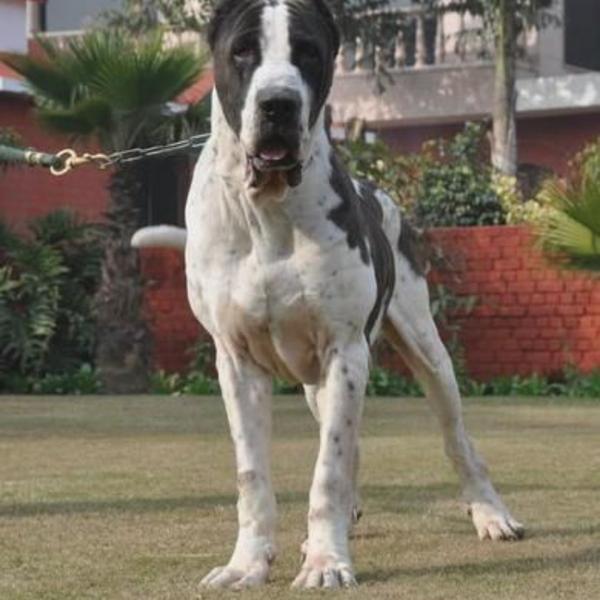Bully Kutta vs. Eskland: Breed Differences and Similarities
Hypoallergenic
Are Bully Kuttas or Esklands hypoallergenic, or neither?
Unfortunately, neither Bully Kutta nor Eskland are hypoallergenic, which may not make them the best choice for dog lovers who suffer from pet allergies.
Watchdog Ability
Which dog breed makes a better watchdog, the Bully Kutta or Eskland?
Choose a Bully Kutta if you want a top-notch watchdog. This breed takes guarding seriously, and may not require much training, though obedience or guard dog training can improve their skills.
Esklands aren't great guard dogs; they tend to just watch without taking action.
Origin
What is the origin of Bully Kutta and Eskland dog breeds?
India
Pakistan
United States
Ancestry
What are the origins of Bully Kutta and Eskland breeds?
Central Asian Mastiff, Mastiff
American Eskimo and Shetland Sheepdog
Date of Birth
When were Bully Kutta and Eskland breeds first developed?
1700s
Unknown
Eye Color Possibilites
What are the eye colors of Bully Kutta and Eskland dogs?
Brown
Amber
Brown
Nose Color Possibilites
What are the natural nose colors of Bully Kutta and Eskland?
Black
Black
Coat Color Possibilites
What are the natural colors of the coat for Bully Kutta and Eskland breeds?
White
Pied
Black
Brown
Cream
Pied
Brown
Gray
White
Cream
Coat Length
What is the typical coat length for Bully Kutta and Eskland breeds?
Bully Kuttas have medium-length coats.
Esklands have longer coats compared to most dogs.
Coat Density
What is the density of the coat of Bully Kutta and Eskland?
Coat Texture
What is the hair texture of Bully Kutta and Eskland?
Straight
Litter Size
What is the usual litter size for Bully Kutta and Eskland?
A Bully Kutta can have a litter of 8-12 puppies on average. However, it's worth noting that the size of the litters can vary greatly. Factors that can influence litter size include the health of the mother, breeding history, and genetics.
An Eskland can have a litter of 4-6 puppies on average. However, it's worth noting that the size of the litters can vary greatly. Factors that can influence litter size include the health of the mother, breeding history, and genetics.
Major Concerns
What are the major health concerns for Bully Kutta and Eskland breeds?
Canine Hip Dysplasia
Arthritis
Hip Dysplasia
Dermatomyositis
Von Willebrand's Disease
Pancreatitis
Minor Concerns
What minor health issues should be kept in mind when owning Bully Kutta and Eskland?
Progressive Retinal Atrophy (PRA)
Eye Infections
Cataracts
Retinal Dysplasia
Hypothyroidism
Atopy Dermatitis
Occasional Tests
What occasional tests are recommended for Bully Kutta and Eskland breeds?
Urinalysis
Ophthalmic Exam
Regular Full Physical Examination By Veterinarian
Blood Tests and Analysis
Skin Scrapings and Biopsy
X-rays of various skeletal areas
Eye Examination
Physical Examination
Radiographs
Energy
How do the energy levels of Bully Kuttas and Esklands compare?
Bully Kuttas thrive on an active lifestyle due to their high-energy nature.
Esklands' high energy levels make them unsuitable for a low-key dog, choose accordingly.
Exercise Needed
Bully Kutta vs Eskland exercise need comparison.
Bully Kuttas require significant physical activity and suit those with an active lifestyle.
Esklands need moderate physical activity and are great for families and active individuals.
Tendency to Bark
Do Bully Kuttas or Esklands bark more/less frequently?
Bully Kutta and Esklands tend to bark moderately, they bark when necessary, such as to alert their owner or to communicate something. They may also bark due to certain triggers like fear, alarm, boredom, greeting, separation anxiety and compulsive barking.
Past times
What are some enjoyable activities and ways to keep Bully Kutta and Eskland entertained?
Walk, Jog, Play, Chase, Tracking, Work out, Guard dog, Running, Run
Fetch, Hike, Walk, Playing, Walking, Loves snow, Needy, Farm work, Run, Road trip, Swim, Catch treats, Play keep away, Wrestling, Tug-of-war, Hide & Seek, Dance, Shake, Puzzle Toys, Tag, Trampoline
Activity Level
Which breed has higher energy, Bully Kuttas or Esklands?
Bully Kuttas are medium-energy dogs and typically enjoy socializing and playing casual or even sustained games of chase with other dogs. They may also have occasional periods of barking or racing around the house.
Esklands are high-energy dogs. They need mental as well as physical exercise. These dogs require a lot of your involvement and without it they can, and will, become problematic dogs.
Walks per Week
How many miles should Bully Kutta or Eskland walk each week?
There's really no limit to how far you walk your dog as long as they're comfortable. For Bully Kutta, it's at least 12 miles / week. Just remember to build distance and stamina gradually over time.
There's really no limit to how far you walk your dog as long as they're comfortable. For Eskland, it's at least 10 miles / week. Just remember to build distance and stamina gradually over time.
Activity per Day
Do Bully Kuttas or Esklands require more exercise?
In general most Bully Kuttas usually need at least 60 minutes of exercise daily. This can be spread across the day and include all sorts of high-energy activities, like walking, running and playing.
In general most Esklands usually need at least 120 minutes of exercise daily. This can be spread across the day and include all sorts of high-energy activities, like walking, running and playing.
Grooming
Which breed is easier to maintain in terms of grooming, Bully Kuttas or Esklands?
The Bully Kutta has low grooming needs and is easy to maintain.
Esklands require significant grooming, including regular trims and professional grooming assistance to maintain their coat. They may also require frequent bathing to keep their coat and skin healthy.
Brushing Frequency
What is the recommended brushing frequency for Bully Kutta and Eskland dogs?
Bully Kutta should be brushed at least once a week. Of course you can give them more frequent brushes if you find that they are still shedding a lot
Ideally, Eskland should be brushed at least 2 or 3 times a week (preferably daily) improve shedding.
Brushing Tools
What brushing tools are used for Bully Kuttas and Esklands?
Pin Brush
Comb
Deshedder
Nail Clipper
Pin Brush
Slicker Brush
Deshedder
Nail Clipper
Cups
How much food should be given to Bully Kutta or Eskland in cups?
For an average 150-170 pound (68 - 77 kg) Bully Kutta feed 4 cups daily. But, keep in mind, the amount you feed is going to be dependent on the quality of the food you are feeding.
For an average 12-18 pound (5 - 8 kg) Eskland feed 1 cups daily. But, keep in mind, the amount you feed is going to be dependent on the quality of the food you are feeding.
Daily Cost
Which breed has a higher daily cost, Bully Kutta or Eskland?
The average cost of a Bully Kutta is somewhere $3.90 - $4.20 per day.
The average cost of an Eskland is somewhere $1.10 - $1.40 per day.
Monthly Cost
Which breed has a higher monthly cost, Bully Kutta or Eskland?
The average per month expenses of a Bully Kutta is between $112 - $126. This makes an average of $1344 - $1512 per year. It will be on the higher side when the dog is still small because it will need more frequent visits to the vet, shots.
The average per month expenses of an Eskland is between $35 - $42. This makes an average of $420 - $504 per year. It will be on the higher side when the dog is still small because it will need more frequent visits to the vet, shots.
Intelligence
Comparing Intelligence: Bully Kuttas vs Esklands
The Bully Kutta and Eskland breeds are considered very intelligent and easy to train.
Affection Dependance
Which is the more affectionate dog breed: Bully Kutta vs Eskland?
Dog Friendly
Which breed is more sociable with other dogs: Bully Kutta or Eskland?
Bully Kuttas are average in their friendliness towards other dogs, and socialization can help.
Esklands are friendly and active companions, and can be good family pets, though their friendliness towards other dogs may vary.
Playfulness
Which breed is more playful between Bully Kutta and Eskland?
Bully Kuttas have an average level of playfulness, enjoying playtime like most dogs but not excessively so.
Esklands are a playful breed that needs daily playtime to be happy.
Trainability
How do the trainability levels of Bully Kuttas and Esklands compare?
Bully Kuttas are usually easy to train but require consistency to fully obey commands.
Esklands are popular for their ease of training and quick learning ability.
Compare Bully Kutta with other breeds
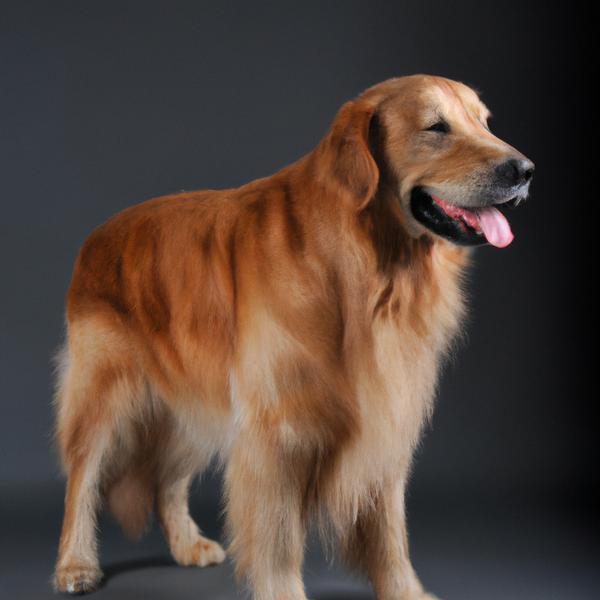
Goldenshire
Bully Kutta vs Goldenshire
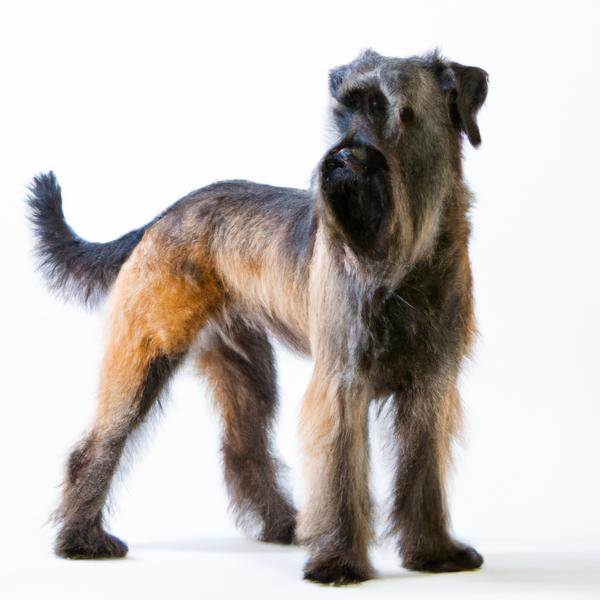
Berger Picard
Bully Kutta vs Berger Picard
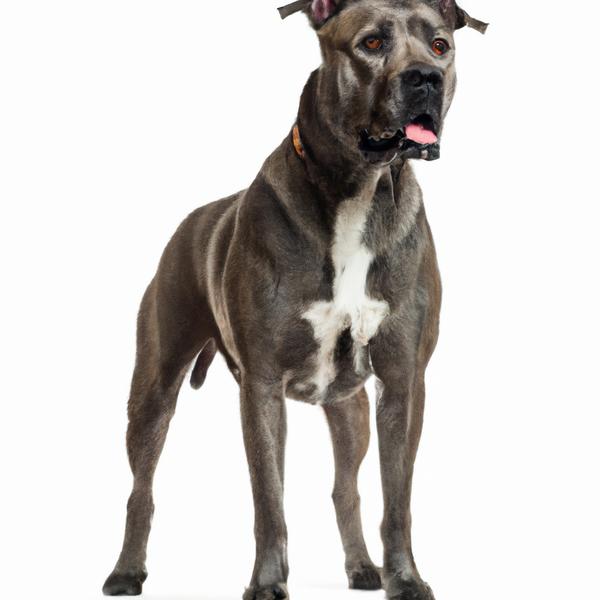
Amstiff
Bully Kutta vs Amstiff
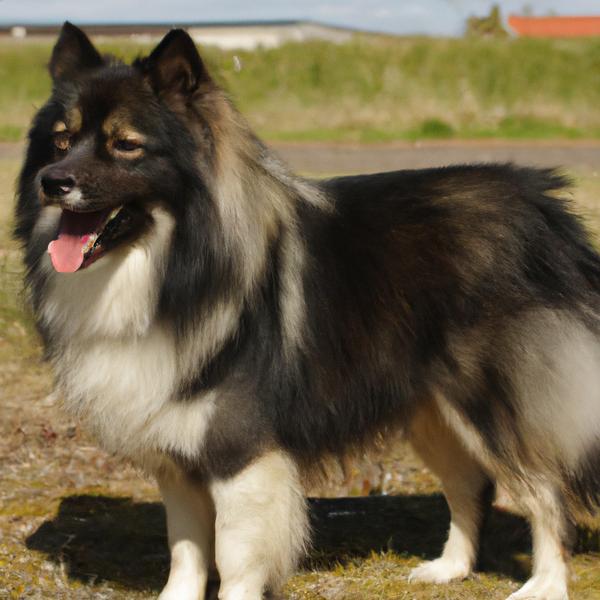
Eskland
Bully Kutta vs Eskland
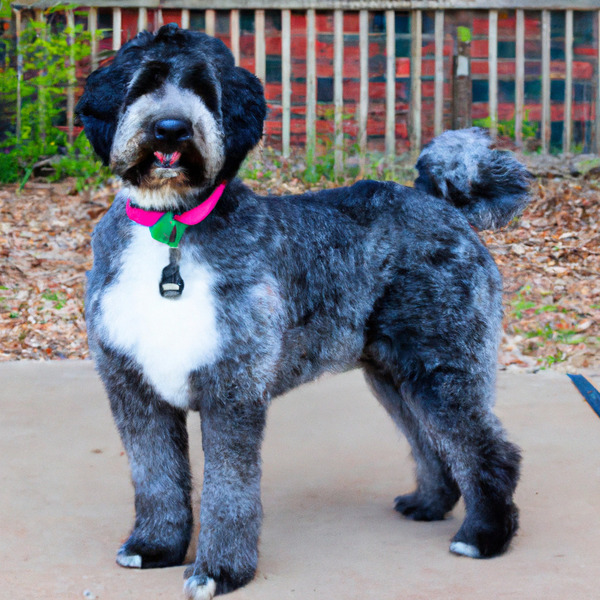
Saint Berdoodle
Bully Kutta vs Saint Berdoodle
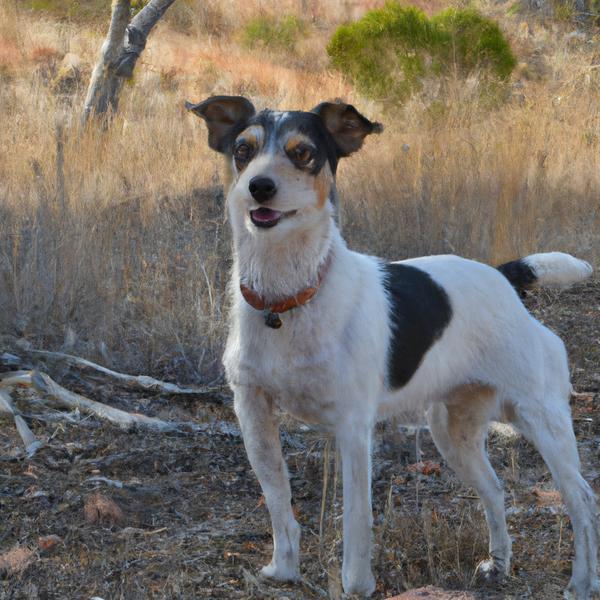
Bushland Terrier
Bully Kutta vs Bushland Terrier
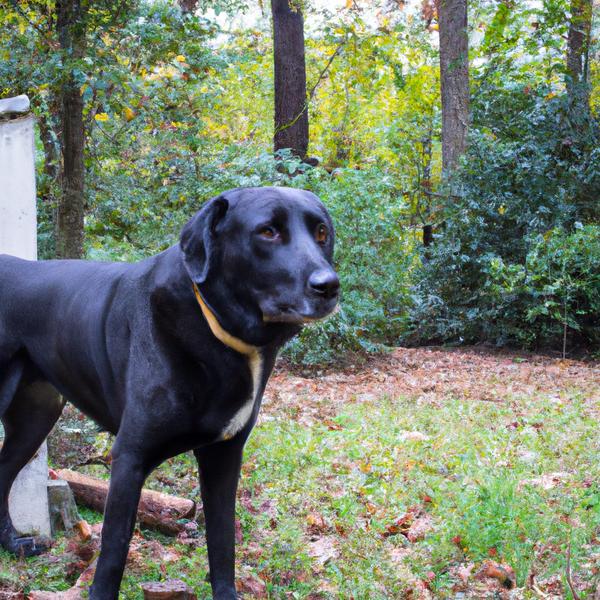
Lab'Aire
Bully Kutta vs Lab'Aire
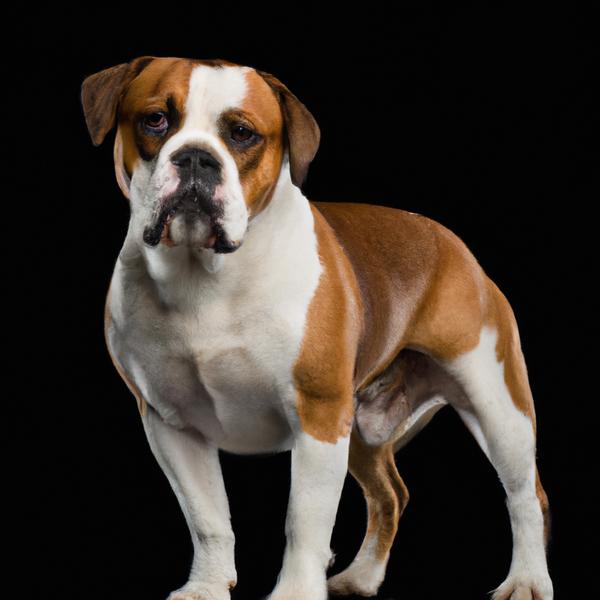
Beabull
Bully Kutta vs Beabull
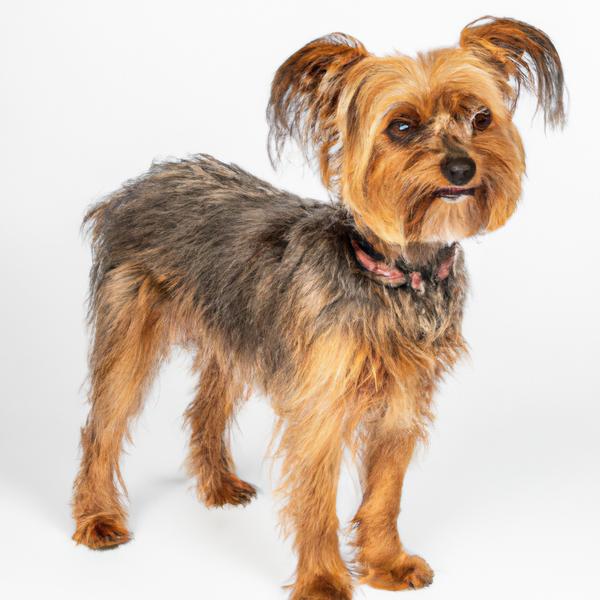
Wire Torkie
Bully Kutta vs Wire Torkie
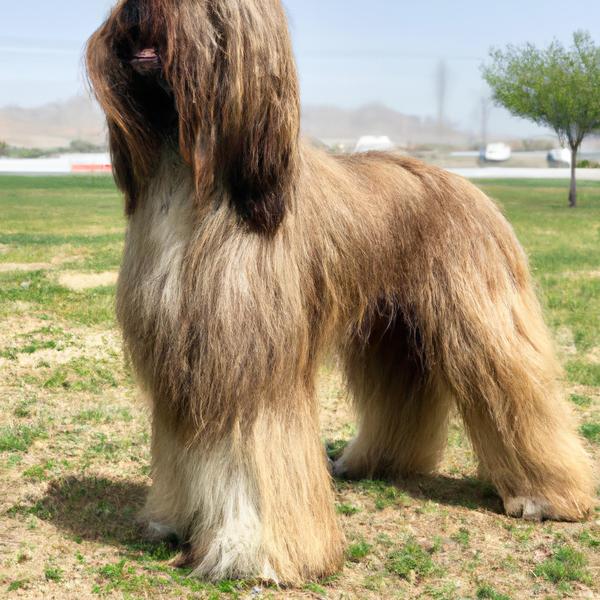
Afghan Chon
Bully Kutta vs Afghan Chon
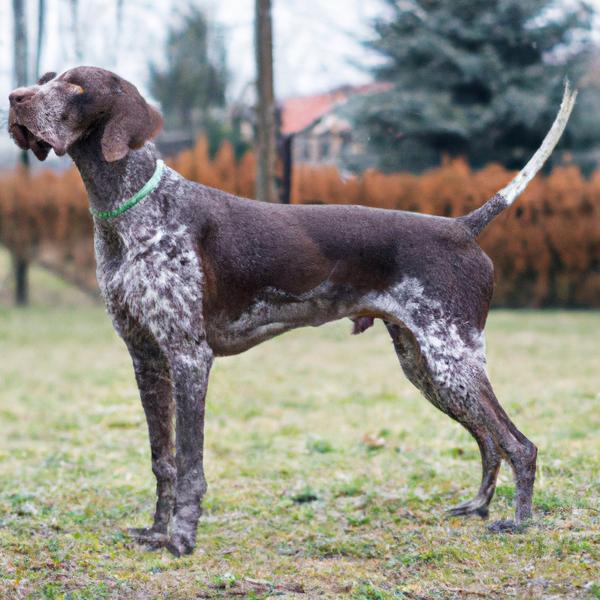
German Pointeraner
Bully Kutta vs German Pointeraner

Box-a-Pug
Bully Kutta vs Box-a-Pug
